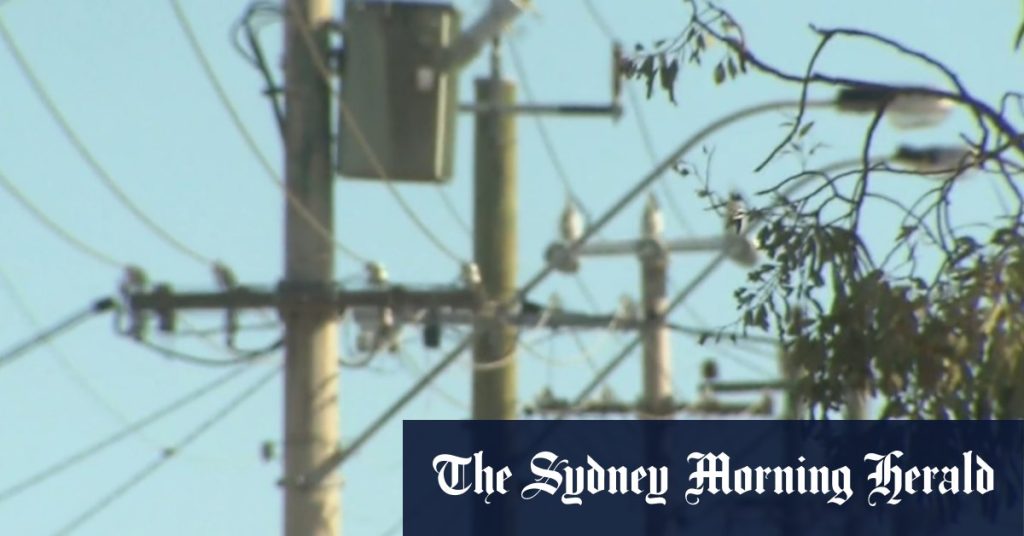Western Australia experienced a significant power outage during a record-breaking heatwave, leaving approximately 12,000 homes without electricity. The unprecedented demand on the power grid, driven by the extreme temperatures, overwhelmed the system, leading to widespread blackouts. This left thousands of residents vulnerable to the scorching heat, without access to air conditioning or other essential electrical appliances. The situation highlighted the vulnerability of the state’s power infrastructure to extreme weather events, raising concerns about the grid’s capacity to cope with increasing temperatures and future heatwaves. The incident prompted calls for increased investment in grid resilience and alternative energy sources.
The heatwave, which brought record-breaking temperatures across Western Australia, placed immense strain on the electricity network. As residents sought relief from the extreme heat, the demand for air conditioning and other cooling devices soared, pushing the grid to its limits. The unprecedented demand exceeded the system’s capacity, triggering the widespread blackouts that affected thousands of homes. The outage underscored the increasing challenges faced by power grids worldwide as they grapple with the impacts of climate change and more frequent extreme weather events. The incident in Western Australia serves as a stark reminder of the need for robust and adaptable power infrastructure to ensure reliable electricity supply during periods of high demand.
The prolonged power outage, coupled with the extreme heat, posed serious health risks to residents, particularly vulnerable populations like the elderly, young children, and those with pre-existing medical conditions. Without access to air conditioning or fans, many were left to endure the sweltering temperatures, increasing the risk of heatstroke and other heat-related illnesses. The situation highlighted the critical role of electricity in maintaining public health and safety during extreme weather events and emphasized the need for effective emergency response plans to support affected communities. The incident also underscored the importance of community resources, such as cooling centers and public spaces with air conditioning, to provide refuge for those without power during heatwaves.
The power outage disrupted daily life for thousands of residents, impacting businesses, schools, and essential services. The lack of electricity forced businesses to close, impacting productivity and revenue. Schools were also affected, with some forced to cancel classes or implement modified schedules to ensure the safety of students and staff. The disruption underscored the interconnectedness of modern society and its reliance on reliable electricity supply. The incident highlighted the need for robust backup power systems for critical infrastructure and essential services to ensure continuity of operations during emergencies.
The incident prompted a review of the state’s power grid and its ability to withstand extreme weather events. Experts called for increased investment in grid modernization and resilience, including upgrading existing infrastructure and exploring alternative energy sources. The event underscored the need for a more robust and diversified energy system, capable of meeting the growing demands of a changing climate. Discussions also focused on the importance of demand-side management strategies, such as encouraging energy conservation and implementing time-of-use pricing, to reduce peak demand and improve grid stability.
The Western Australian power outage served as a wake-up call, highlighting the growing vulnerability of power grids to extreme weather events and the need for proactive measures to ensure grid resilience and reliability. The incident underscored the importance of investing in grid modernization, exploring alternative energy sources, and implementing demand-side management strategies to mitigate the impacts of future heatwaves and ensure a stable and secure electricity supply for all. Furthermore, the event highlighted the necessity of effective emergency response plans and community resources to support vulnerable populations during such events. The lessons learned from this incident can inform strategies for enhancing grid resilience and preparedness for extreme weather events, not just in Western Australia, but globally.

